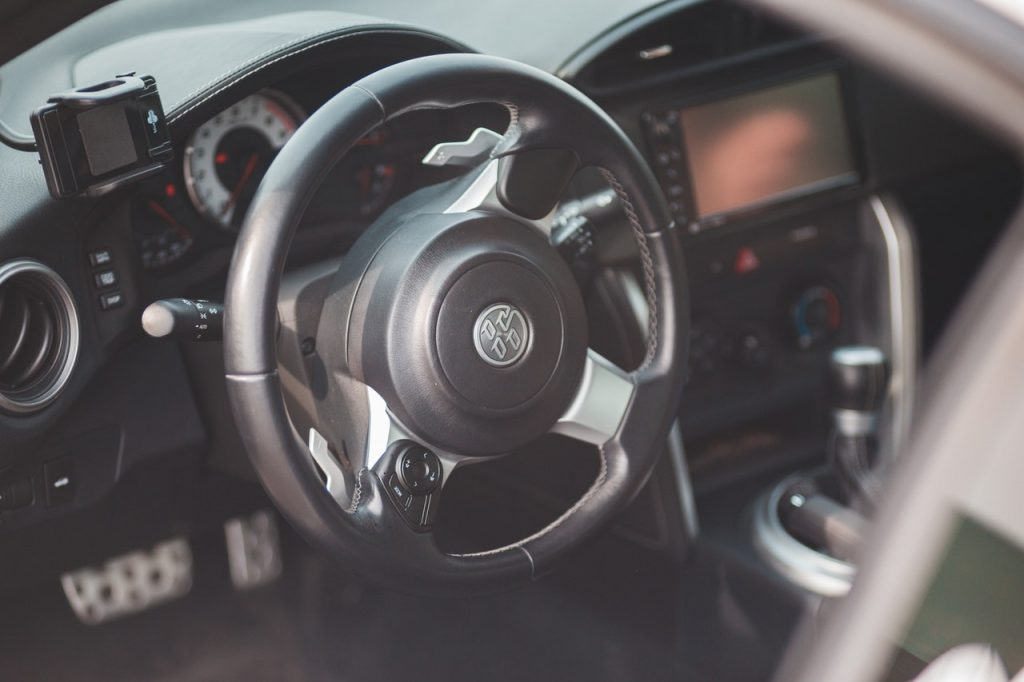The car and vehicle industry has developed significantly – without any doubt! Years ago, we thought that self-driving vehicles in the near future were merely impossible. Naturally, Elon Musk came to the scene, and now his Tesla cars are driving sleeping passengers to their destination.
However, the quality of life or fancy improvements of a vehicle are not what makes it safe. The safety factor of a car comes from the technologies that can really stop/prevent an accident.
Here, we present some new vehicle technologies and features that could prevent accidents by acting even faster than an alert driver’s reaction!
Automatic Emergency Braking
AEB is the thing that could help your car accident lawyer win your case in case of an accident. This is because this particular technology can work independently and, as such, brake when needed.
An AEB system installed on a vehicle assesses the situation in front of the vehicle. If it becomes critical and an accident is about to happen, the AEB will force-brake. Thus, in an accident claim, the system may remove driver liability.
Automatic Steering
First and foremost, auto-steering is not the same as automatic driving; the former technology is mostly based on the same sensors as the AEB system. Namely, if a situation becomes critical, and the driver does not respond, the technology will act in their place.
In automatic steering, the wheel will automatically steer itself to avoid a collision while simultaneously braking.

Lane-Keeping System
Most accidents, especially those portrayed in movies, happen when the driver is not paying attention to the road, and they slip on the other lane.
Well, this new technology is meant to prevent that. The tech comes with a system of cameras placed around the car to determine whether you are on the lane or not. If you drift across lanes, the warning system will come into effect in the form of audio signals, vibrations, and even visual signals.
Some iterations of this type of system will also keep the car in the lane, via automatic steering.
Blind-Spot Warning
We may notice that we drifted out of a lane or that a car in front of us braked abruptly. However, we cannot see what hides in our car’s blind-spot. Luckily, there’s technology to solve this issue as well.
Blind-spot warning technology provides the driver with both visual and audio signals when another car or item is in their blind spot.
Some system variations also notify the driver if there’s a car in their blind spot when using their turn signal on a lane.
The Bottom Line
It goes without saying that self-driving cars are not enough to prevent all types of accidents. In fact, most of the accidents happen when we leave a parking lot or are taking a turn at a slow speed.
While not a danger to our health, fender-benders can be troublesome for our wallets. Luckily, the systems mentioned above can help any driver avoid/prevent some of the most frequent accidents and even less common ones!

